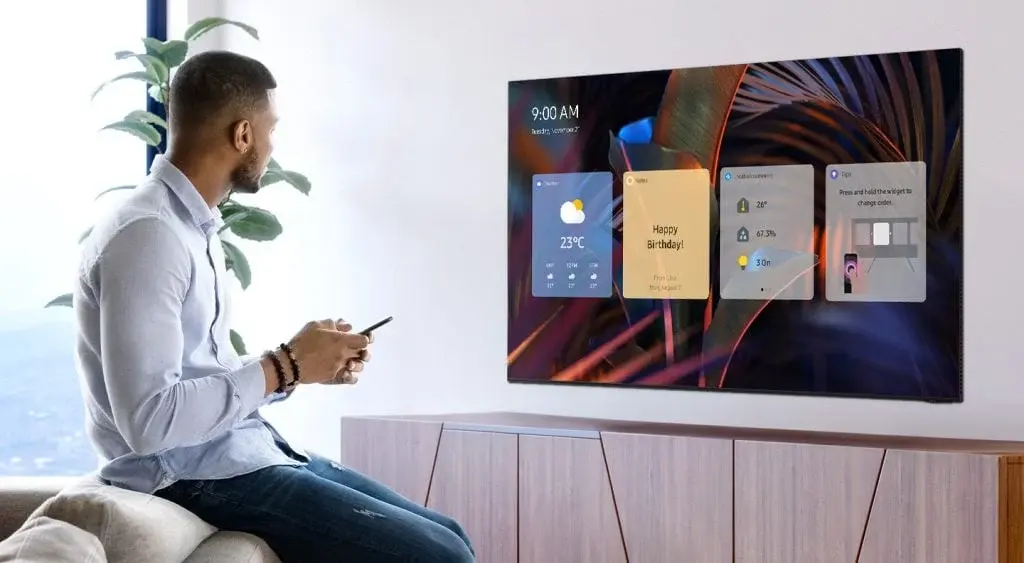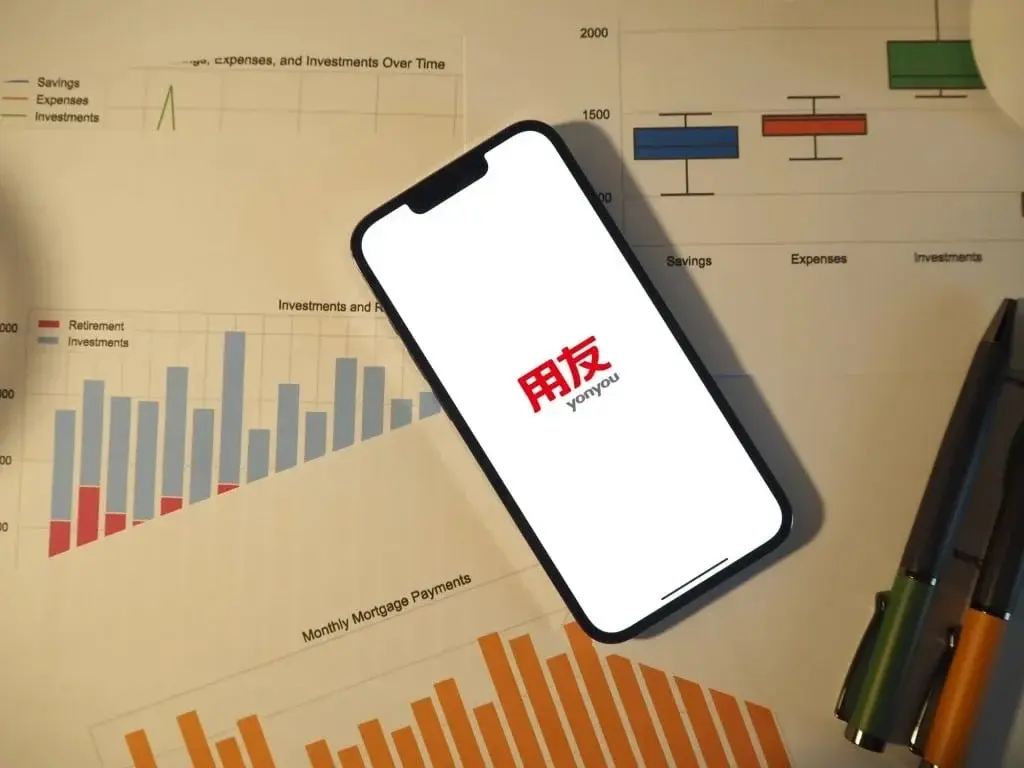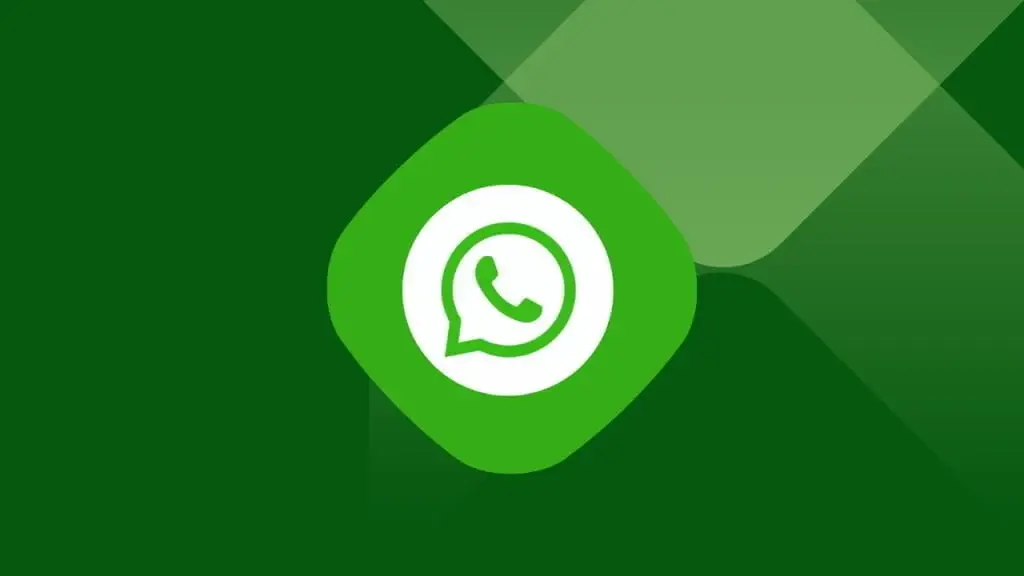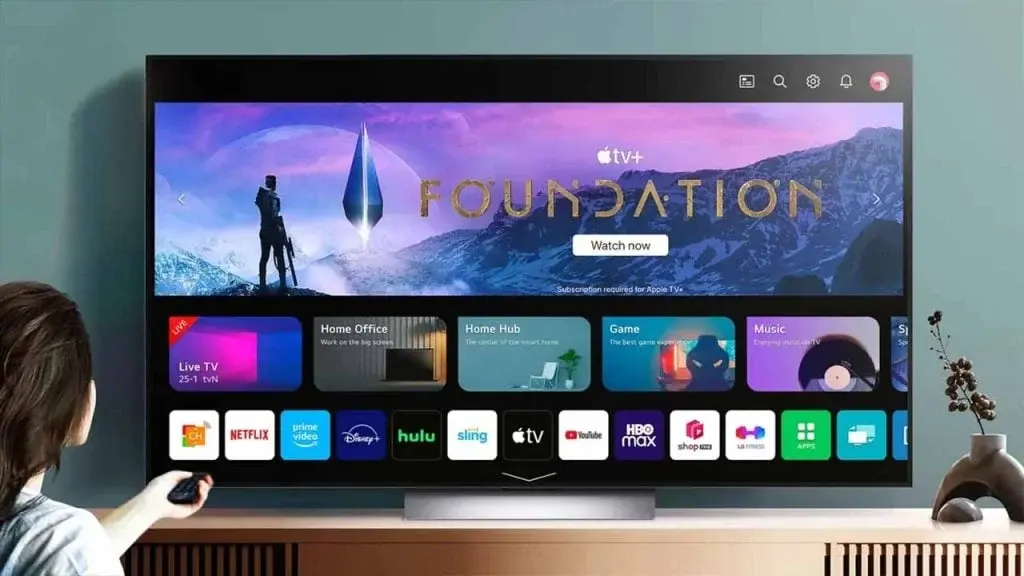Samsung Unveils 2024 TV Lineup and Enhanced Tizen OS
Samsung has recently announced its 2024 television lineup and an upgraded version of its Tizen operating system ahead of CES 2024. The company’s focus is on improving the home TV experience by offering personalized features, gaming enhancements, and accessibility options.
Personalized Tizen OS and Revamped TV Plus Interface
The new Tizen OS for 2024 puts emphasis on personalization through the use of artificial intelligence (AI). This allows for customized content and services for different household members through individual profiles on their smart TVs. Additionally, Samsung has redesigned its TV Plus interface, providing users with a more intuitive home screen for easier navigation and faster content discovery. The updated interface now connects with Samsung accounts, offering personalized content recommendations and easy access to preferred channels based on viewing history.
Gaming Enhancements and Updated Ecosystem
Samsung has partnered with Performance Designed Products (PDP) to release a specially designed wireless controller for the Samsung Gaming Hub. This controller comes with a built-in rechargeable battery that offers up to 40 hours of playtime, a 30-foot Bluetooth connection range, and dedicated buttons for gaming and TV volume control.
The updated ecosystem from Samsung focuses on connected and inclusive experiences, with Samsung Daily+ serving as a central hub. This feature combines personal training, telehealth services, video calls, and remote PC solutions. The new additions to this ecosystem include the Workout Tracker, TechnoGym and F45 fitness content, FlexIt live fitness sessions, and Tail veterinary consultations.
Seamless Connectivity and Accessibility Features
Samsung introduces Multi Control, a connectivity feature that allows users to manage multiple screens using a single Bluetooth keyboard or mouse. This feature aims to improve work-from-home efficiency. The latest Samsung TVs also enhance compatibility across devices, simplifying seamless connections between TVs, smartphones, and wearables.
The company has also introduced the SmartThings Mobile Plugin, which turns smartphones into versatile remotes for new apps and services. Additionally, Samsung extends its 360 Audio feature to TVs, providing users with immersive audio experiences. The Vibrary feature allows users to enjoy high-quality images and music from both their TV and mobile devices.
Samsung places great importance on accessibility and has introduced innovative features to cater to users with disabilities. The Audio Subtitle feature, which uses AI and OCR, provides voice-guidance for embedded subtitles directly on the TV. The company also offers the Remote for Barrier-Free app to assist users with disabilities. Moreover, Samsung introduces the AI-powered Relumino Together Mode to aid those with low vision.
Conclusion
Samsung’s 2024 TV lineup and Tizen OS updates offer a more personalized, connected, and inclusive home entertainment experience. With a focus on gaming, fitness, and accessibility, Samsung aims to make its TVs the center of the smart home.










